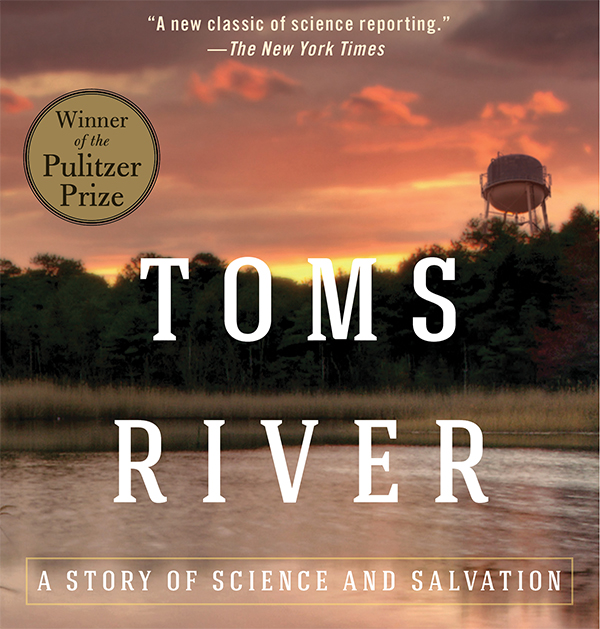
Pulitzer Prize–winning science and environmental journalist Dan Fagin will present the 2017 J. Roderick Davis Lecture at Samford University Nov. 2 at 7 p.m. in Wright Center Concert Hall. The university’s Howard College of Arts and Sciences and the Frances Marlin Mann Center for Ethics and Leadership are partnering to host the free public lecture by the author of Toms River, a gripping, true account of childhood cancers caused by industrial pollution in the town of Toms River, New Jersey.
Fagin is professor of journalism at New York University’s Arthur L. Carter Journalism Institute, and director of the NYU Science, Health and Environmental Reporting Program. Among his many academic appointments, he was a Templeton-Cambridge Journalism Fellow in Science and Religion in 2005. In short, the author is engaged with multiple aspects of Samford’s academic and religious missions.
“We trust Dr. Fagin will heighten understanding of what it means to live responsibly, and especially how living responsibly has to result in tangible effects for local communities,” said Mann Center director and former Alabama Supreme Court chief justice Drayton Nabers. Nabers said the Mann Center contributed to that goal this summer by collaborating with Howard College, Samford’s School of Public Health and Judson College on a community-based learning course in biology and public health in Perry County, Alabama.
During that work, inaugural Mann Center Faculty Fellows Betsy Dobbins (biological and environmental sciences) and Rachel Casiday (public health) addressed issues Fagin raised in his celebrated 2014 book about chemical pollution of the Toms River, the childhood cancers it caused and the resulting legal battle.
Dobbins lamented that Fagin’s book is not a story of “the bad old days, before people understood the impact of toxic chemicals on human health and the environment.”
“In 2015, companies self-reported 84.5 million pounds of toxic chemicals released into the land, air and water in Alabama alone,” Dobbins said. “That equals 19 pounds of toxic chemicals for every man, woman and child in Alabama.”
Reflecting on the role a university can play in addressing such problems, Dobbins described an approach that calls on multiple academic disciplines. “For the public to understand the impacts on human health and the environment, we need biologists, chemists, physicists, mathematicians and computer scientists to describe the problem chemical, and model its distribution in land, air and water,” she said. “Once described, those in history, sociology and political science can put the science into perspective, and those in English, communication and journalism can help translate the problem for the broader public.”
Speaking at Samford Nov. 2, Dan Fagin will describe how successful that approach can be.
Sean Flynt is executive director of external relations for Howard College of Arts and Sciences.